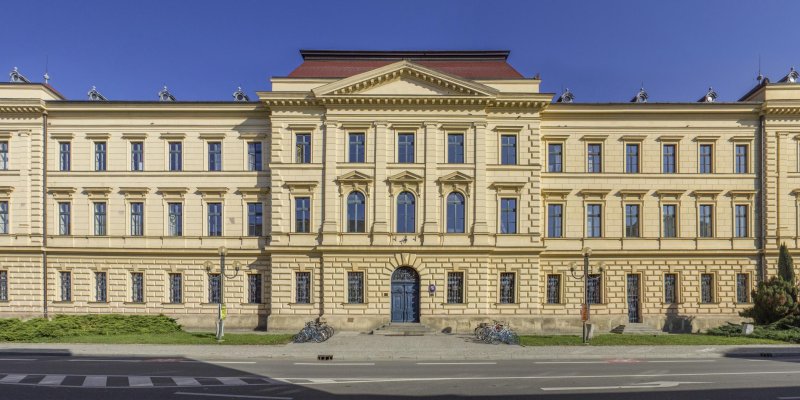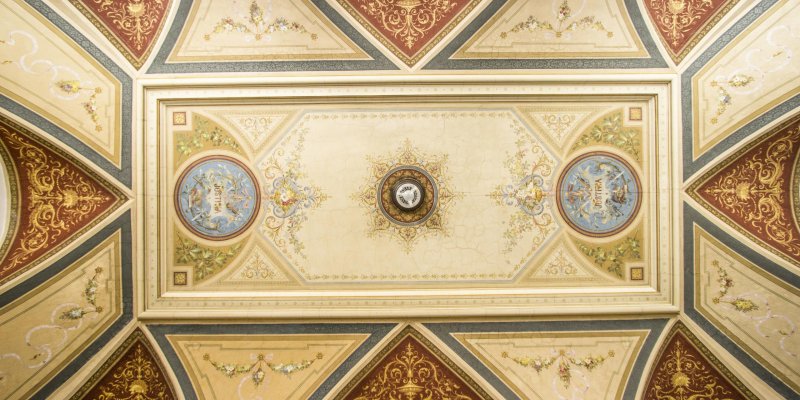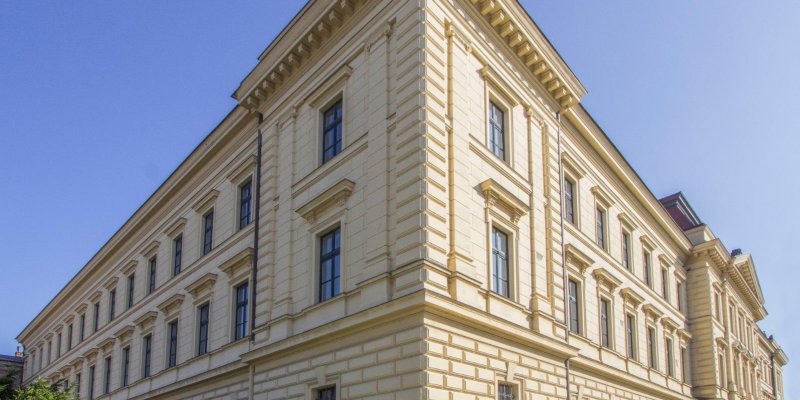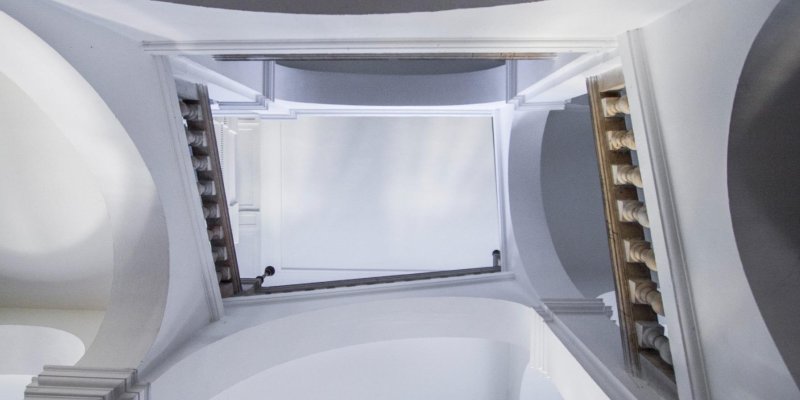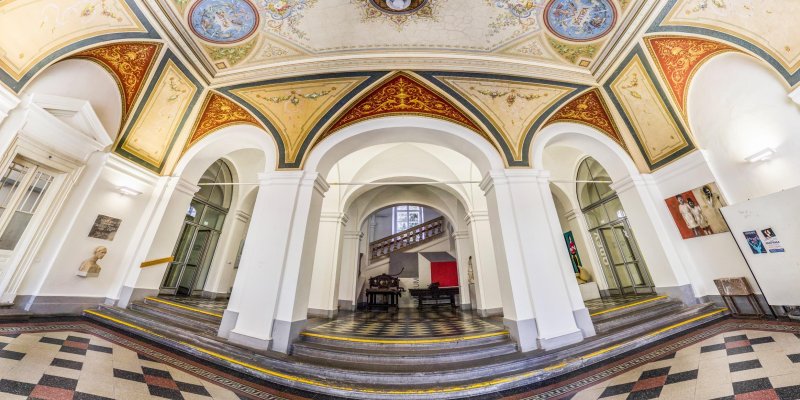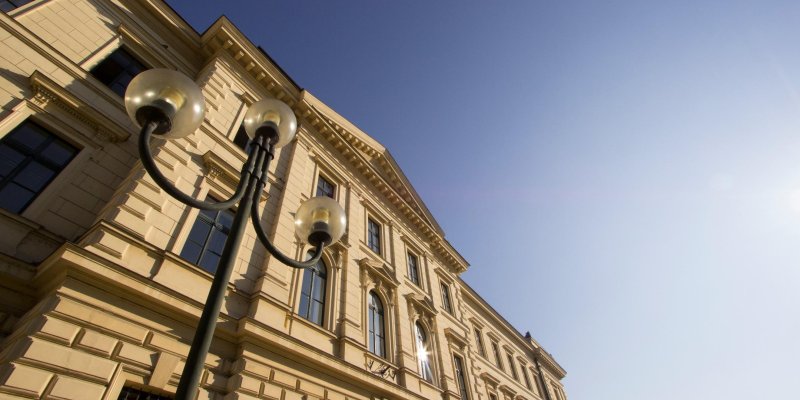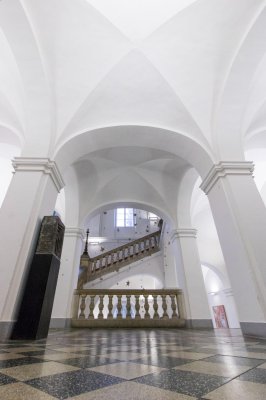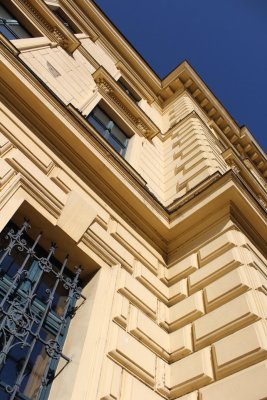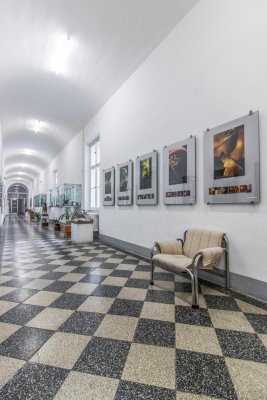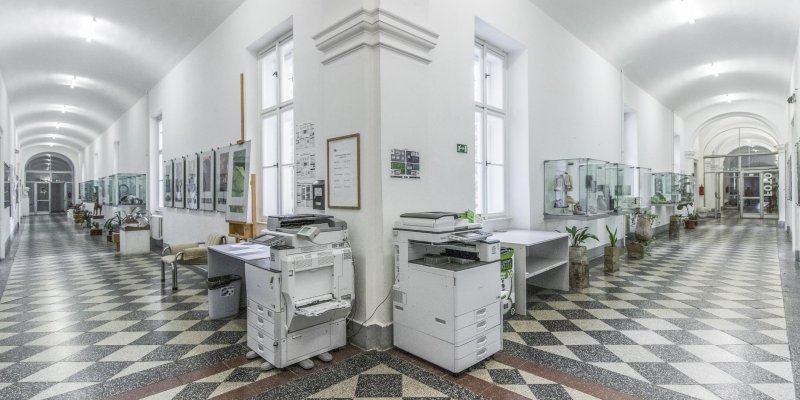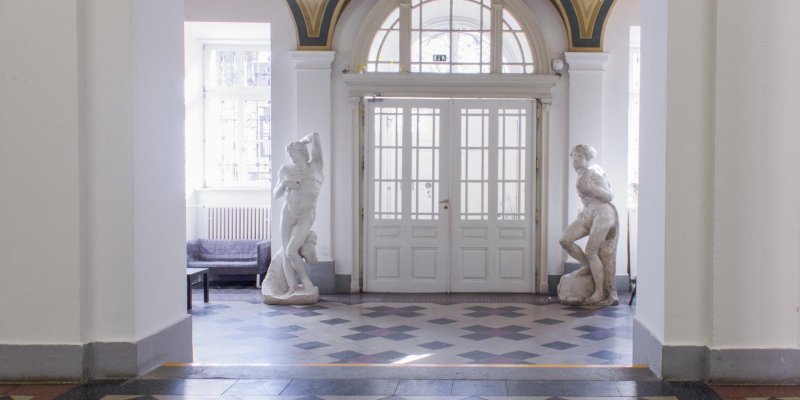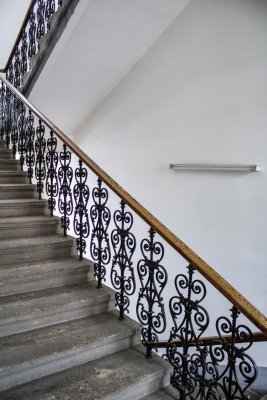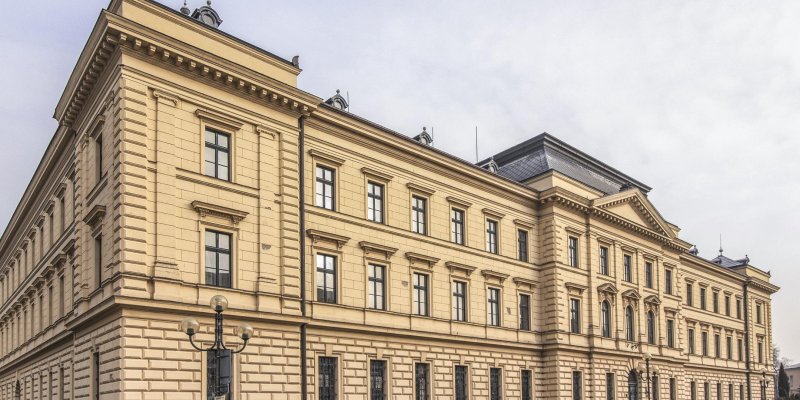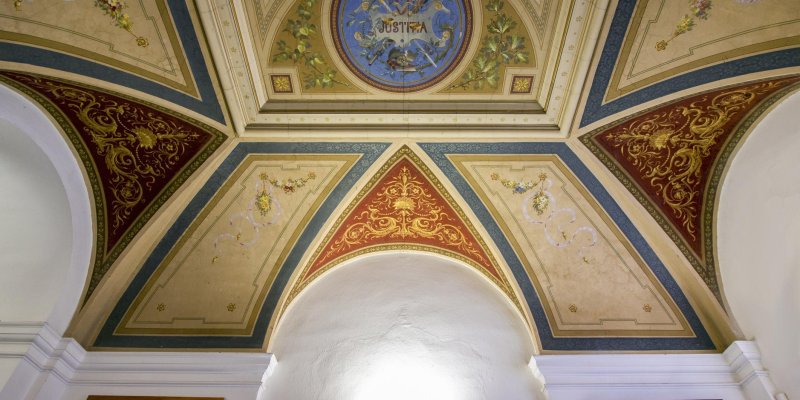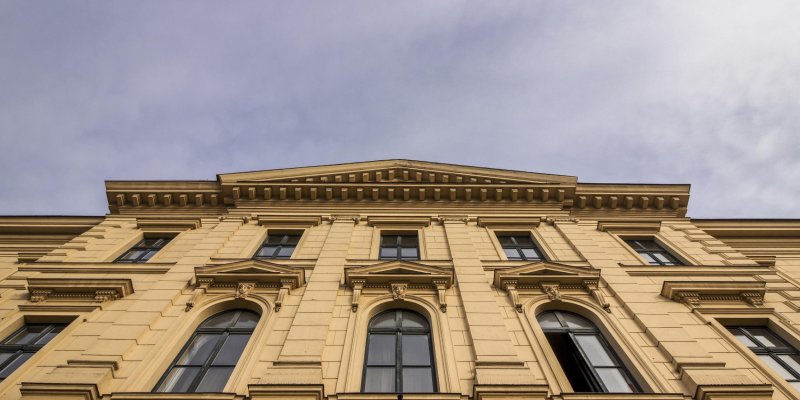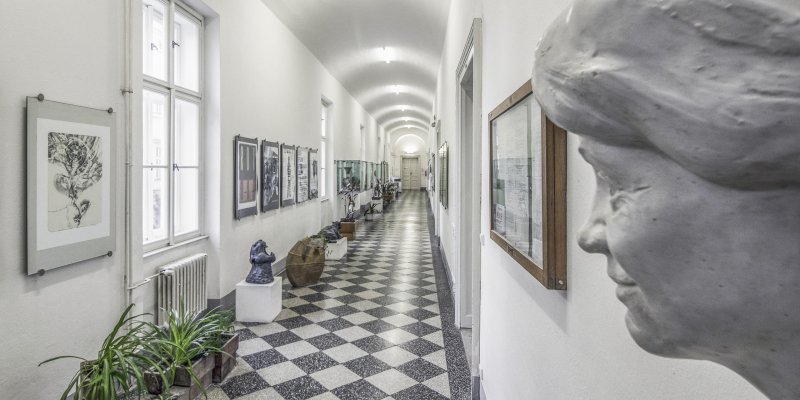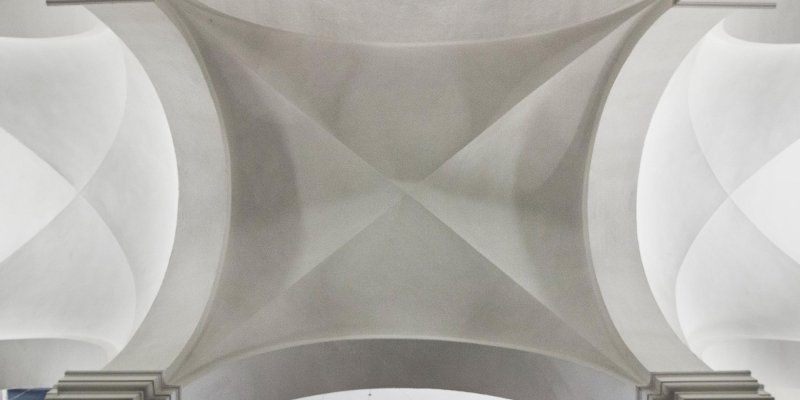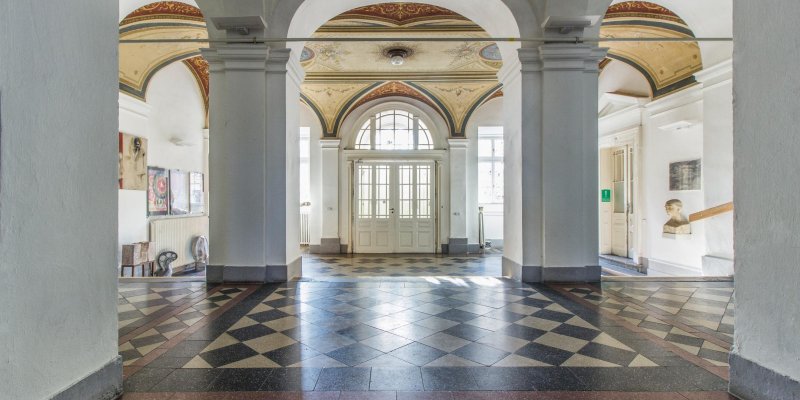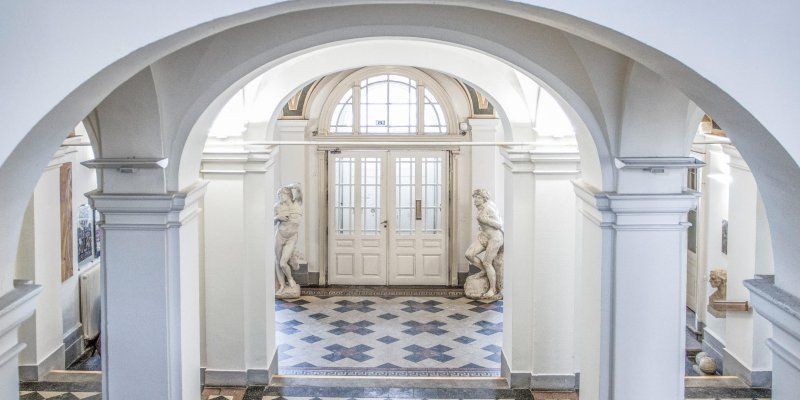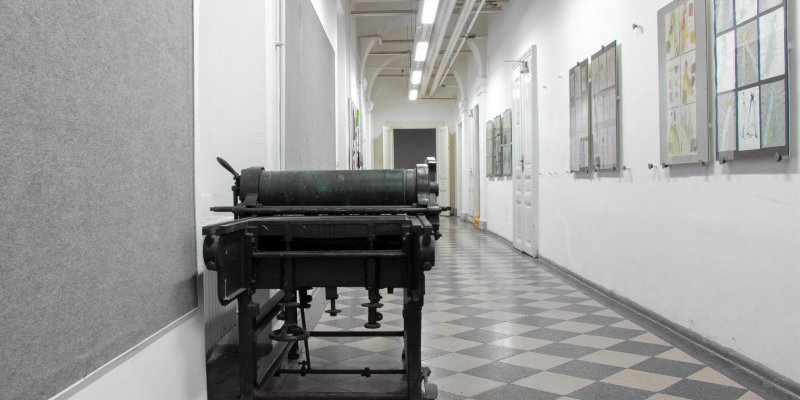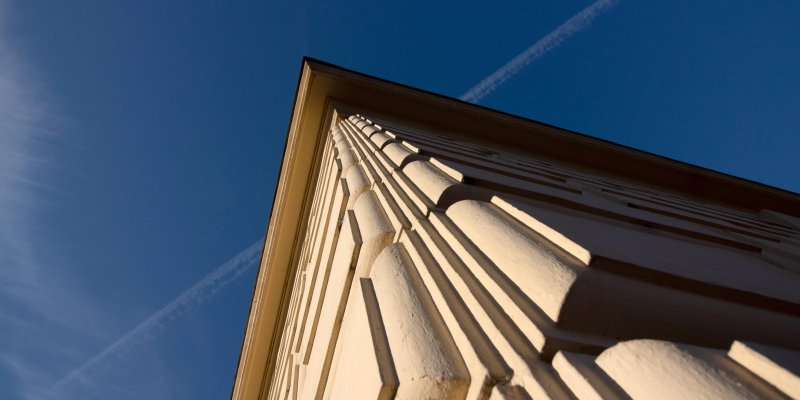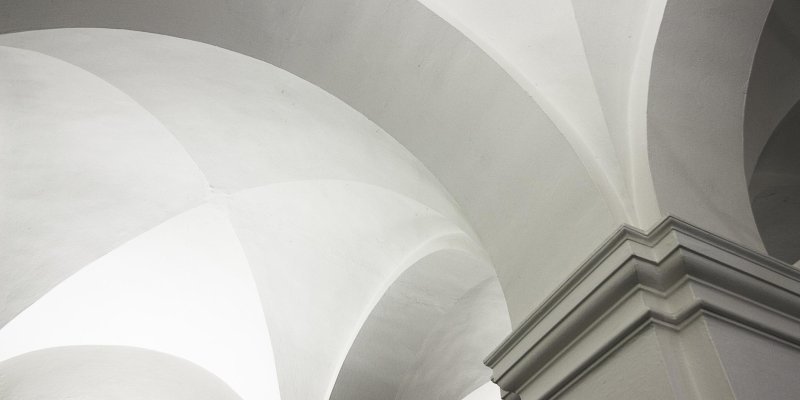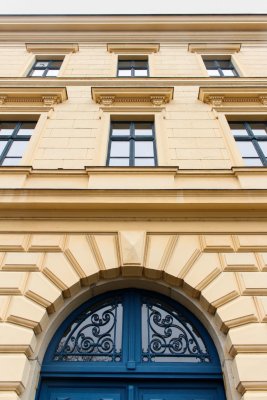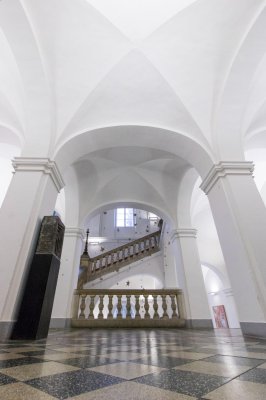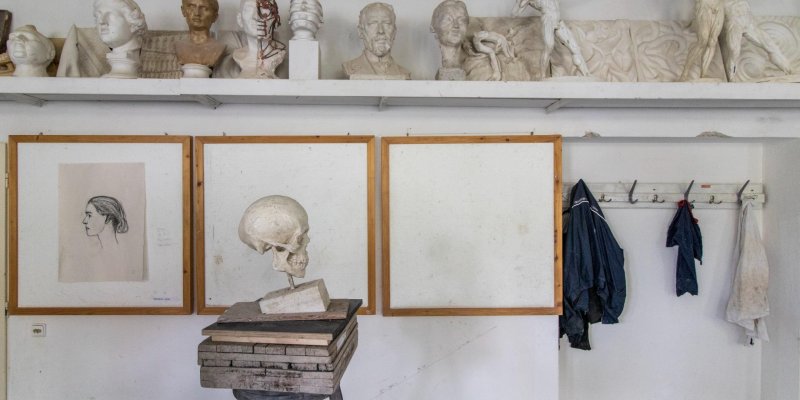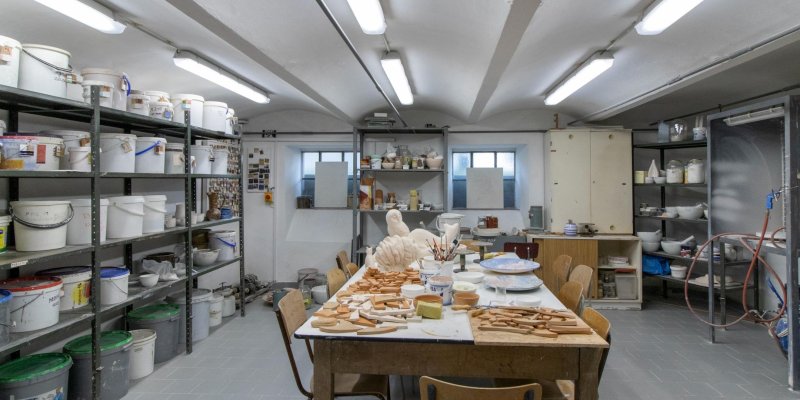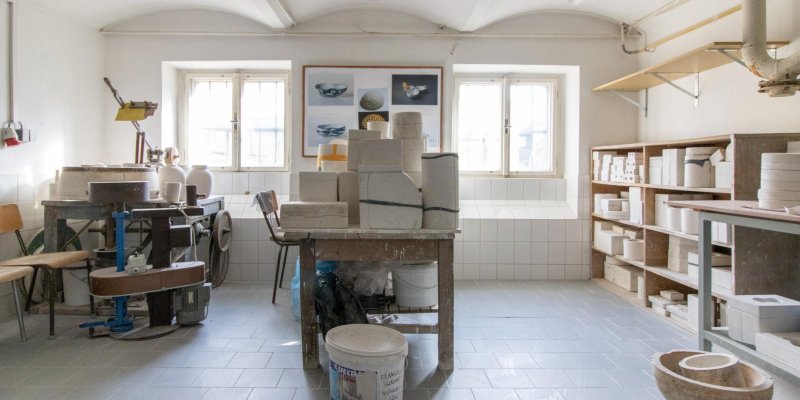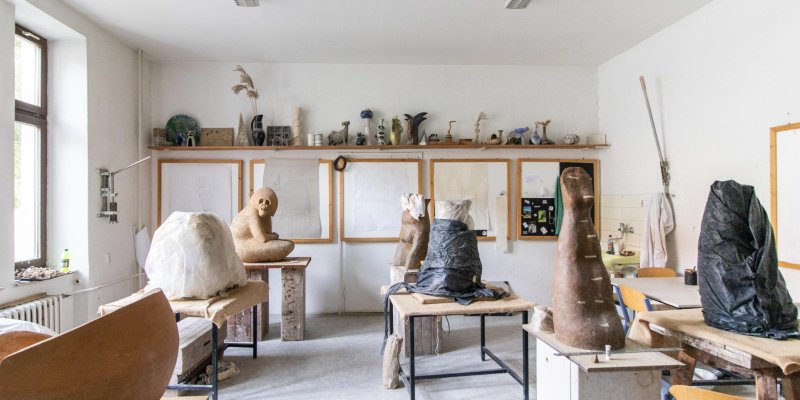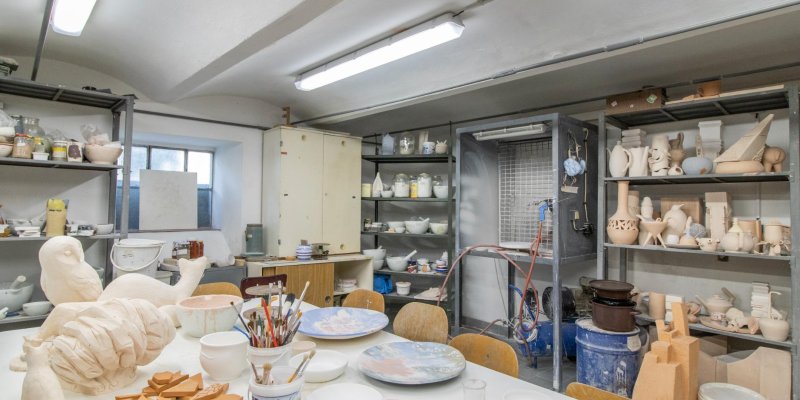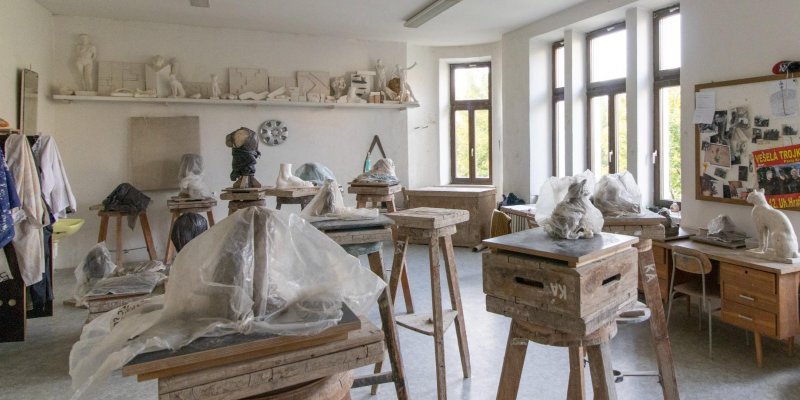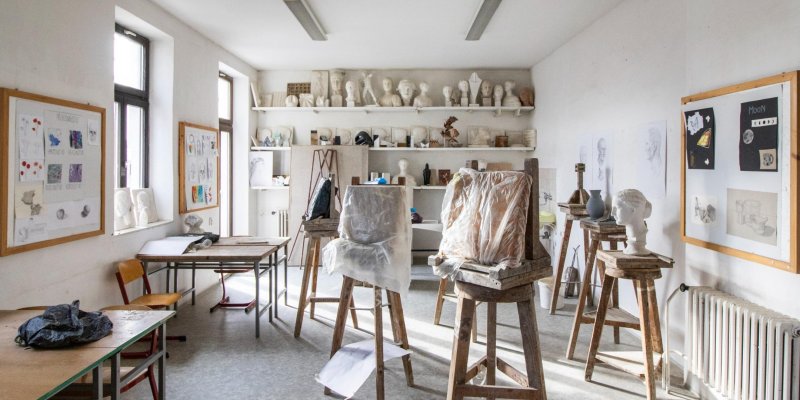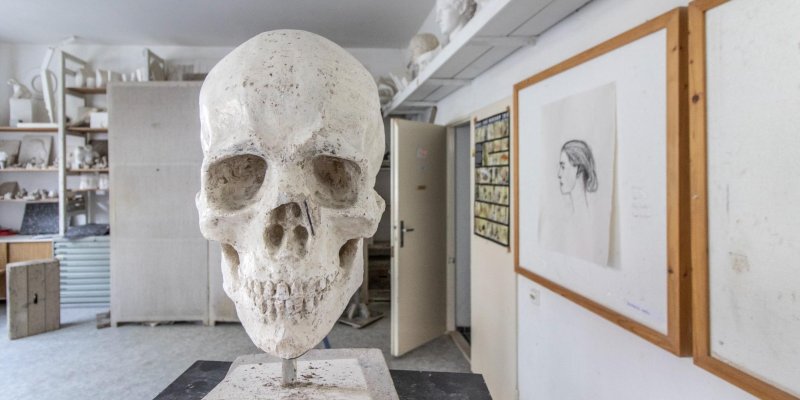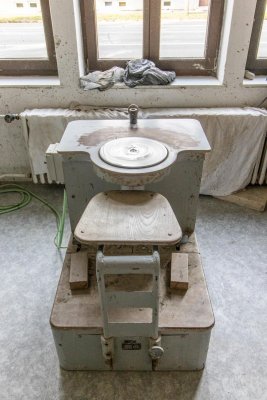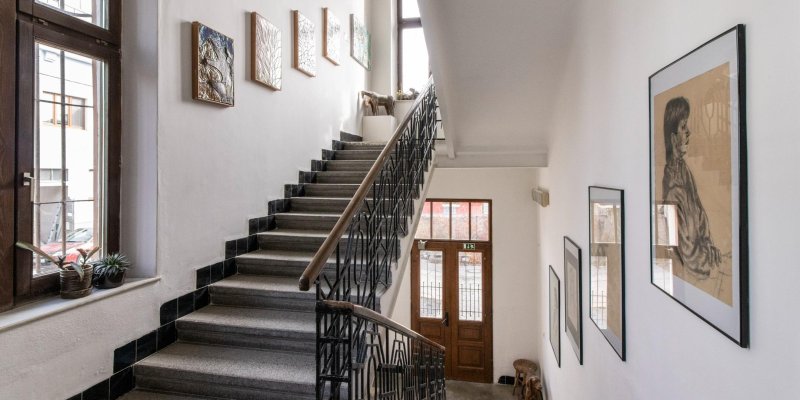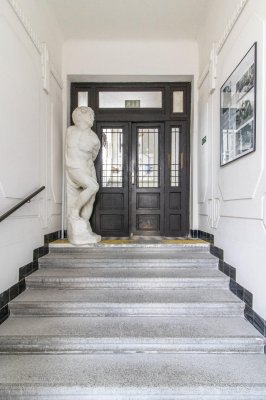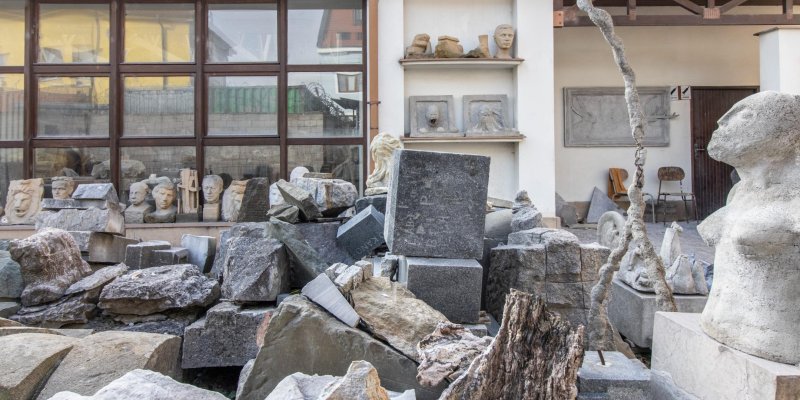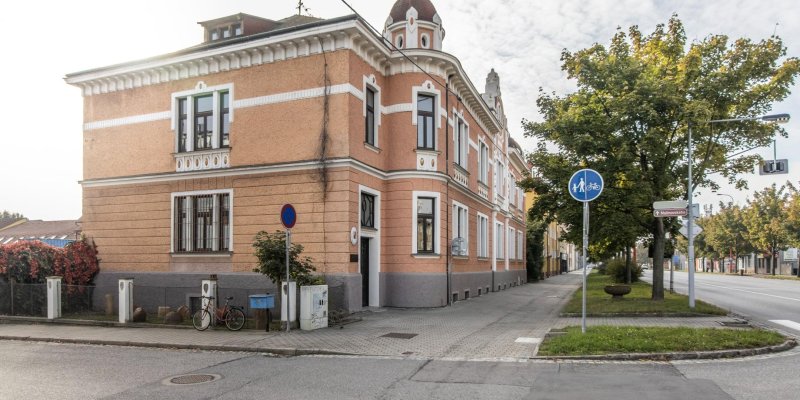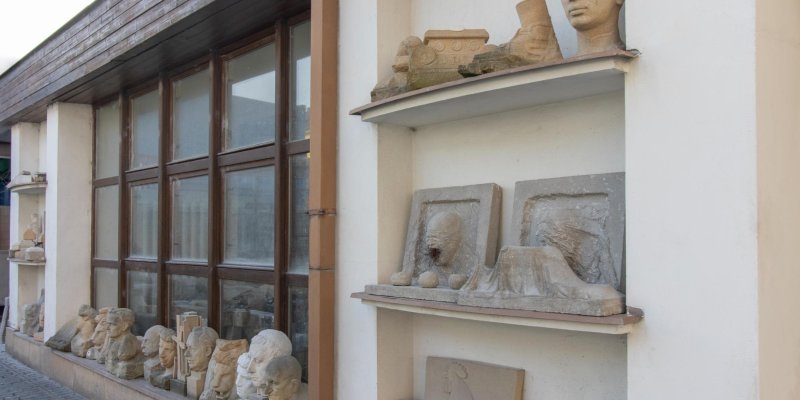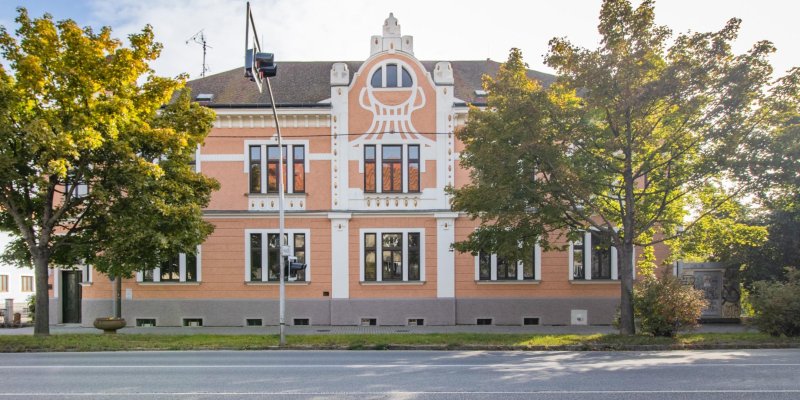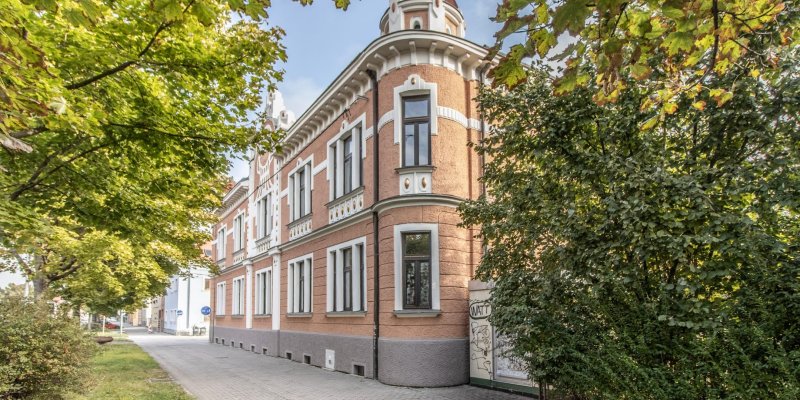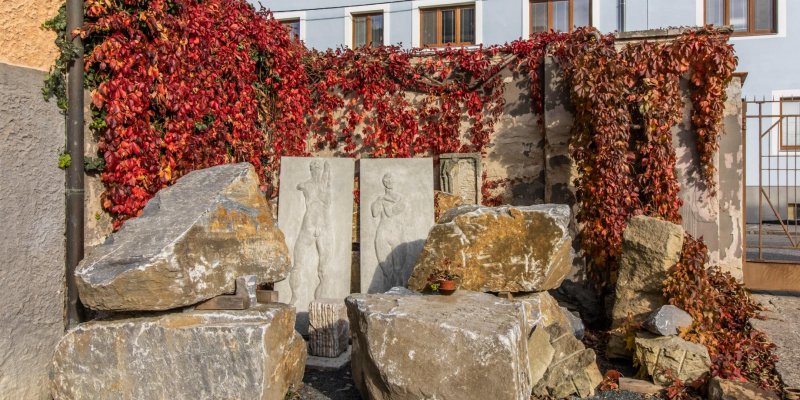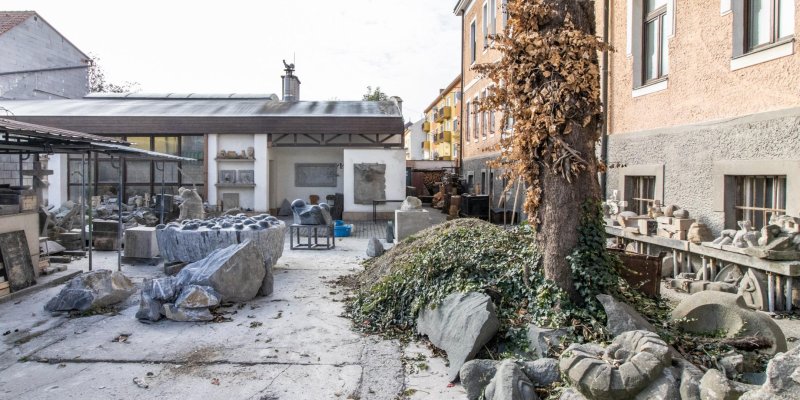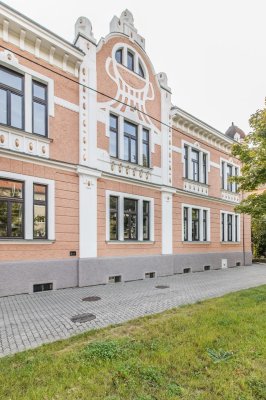About school
Present
THE SECONDARY SHOOL OF APPLIED ARTS IN THE NEW MILLENNIUM
The Secondary School of Applied Arts in Uherské Hradiště belongs
to the most complex educational institutions of secondary art education in the
Czech Republic which provides educational programmes of highest quality.
Currently there are nine departments with the following educational programmes:
graphic design, multimedia, industrial design, design of footwear and
accessories, fashion design, painting, photography, ceramics and stone
sculpture.
The school is fully opened to general public several times a year on Open Days.
It cooperates with a number of companies and exhibition galleries and responds
flexibly not only to current trends and innovations in the entire field of
visual art, but also to dynamic social developments. The study programmes
combine traditional high-quality craft training with the development of
knowledge of the latest technological procedures. Creativity and individual
artistic growth of students are supported and encouraged throughout the
programmes.
The school has recently celebrated its 80th anniversary. Throughout its
existence, it has always been ranked among the most prestigious art schools in
the country. Even today, it grows and changes according to requirements and can
be viewed as a modern educational facility. Students are provided with vast
opportunities to develop their potential and they can successfully participate
in a number of national and foreign competitions.
The school departments are and have always been managed by highly qualified
staff, among them a number of renowned artis of several generations. Current
students thus have the opportunity to join previous successful graduates who
have managed to establish themselves not only in the Czech Republic, but also
far beyond its borders.
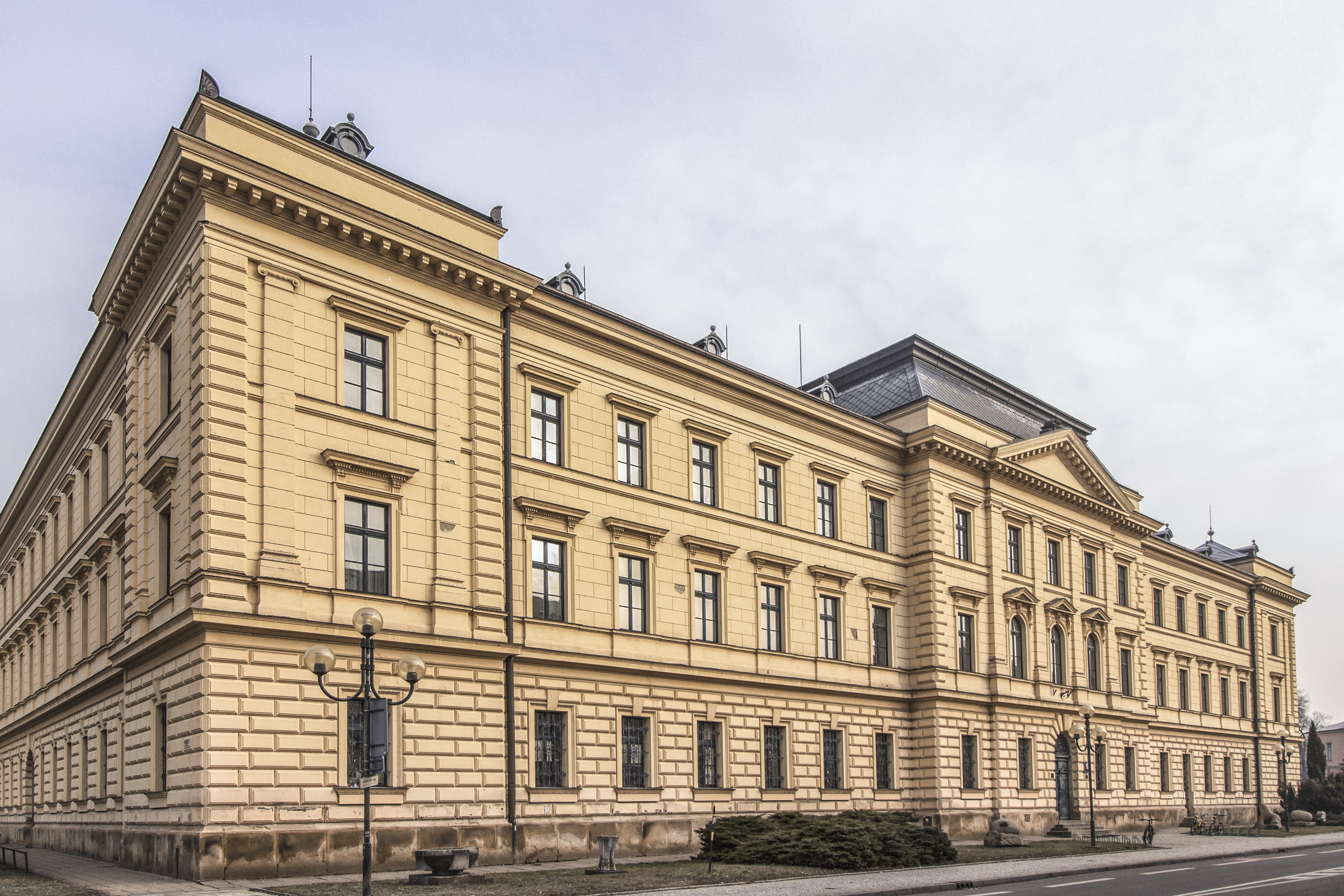
PAST
FROM BAŤA´S ZLÍN
to UHERSKÉ HRADIŠTĚ
The Baťa´s School of Art was founded in Zlín in 1939 when a
group of progressive innovators in the management of the Baťa company came with
an idea to establish an independent art school.
Teachers were selected with regards to Baťa wish: to cooperate with young
artists, who were yet uninfluenced by academicism. A number of
outstanding personalities such as V. V. Štech, A. Kutal, B. Fuchs, J. Sládek,
R. Gajdoš, R. Wiesner were given the opportunity to teach.
When designing the study programmes, the school relied on adopted and partially
modified Bauhaus principles. The level of courses was somewhere between a
secondary school and a college level, and as the first art school in the
country, the school decided to adjust the teaching to the needs of production
and prepare its students for the career of industrial artists. Applicants chose
from seven field combinations and could obtain a vocational certificate together
with a diploma of chosen specialization. A year after its establishment, the
school had four specialist departments – graphics, sculpture, decorative
painting and interior design.
Unfortunately, the school had little time to successfully reach its goals. Due
to forced labour during the Second World War, only the first two years of
students managed to complete their studies.
Although the school tried to protect its students with fake jobs for the
Wehrmacht, it could not completely prevent them from being taken to the Reich.
Nevertheless, after the end of the war, more than half of them continued to
develop their talent at art colleges and only a fraction of students disappeared
from the field completely.
1945
The year 1945 brought not only liberation, but also great losses for the Zlín
School of Arts. Both teachers and students were leaving. The school reopened
with a different set of goals. The organization, methodology and focus gradually
began to grow from completely different foundations. New fields of study were
opening up with a new content of studies. In the 1949/1950 school year, there
were seven departments again: tool and machine shaping, shoe design and
construction, stone sculpture, exhibition managements, construction of new
materials, advertising – graphics and decorative painting. The school was
renamed and given the status of a state institution with the right to complete
the programmes with a school leaving exam.
1952
In 1952, the school finished its cooperation with the shoe company Svit in Zlín
and moved from Zlín (formerly Gottwaldov) to Uherské Hradiště. However, the
school hadn´t acquired the current premises (with the exception of Franklovka
building) until 1964. Today's full official name of the school Secondary
School of Applied Arts dates back to year 1962.
With the exception of name changes, adjustments of the curriculum and a minor
reorganization of subjects, all departments maintained the content profile of
their programmes until 1989. The only exception was the department of design of
footwear and accessories which was inactive for 8 years.
1989
With the Velvet Revolution and subsequent political changes, new options opened
up for the school and the school began to develop intensively. Significant
qualitative changes were supported with new equipment and modernization of
teaching and study programmes. Futhermore, contacts with similar school from
other European countries were established. The school very successfully
participated in international educational programs, started organizing study
tours to a number of European countries and expanded range of options for
further development of its students.
1993
After 1993, two new departments were opened at the school. The department of
tool and machine shaping was closed down and instead a new department called
design of toys and decorative objects was established. Subsequently, this
programme was closed due to the reorganization in 2011. Also applied
photography was opened as an independent department. A completely new
department of fashion design, which followed up on the design of footwear and
accessories, was created in 1994. The newest programme of the school is the
department of multimedia, and it's been accredited since 2010.
FRANKLOVKA BUILDING
FRANKLOVKA – HOUSE NO. 368
Franklovka is an art nouveau-style building located on Maršál Malinovský
Avenue and is the home to two departments of the Secondary School of Applied
Arts: the stone sculpture and the ceramics.
The house was built in 1920 according to the project by the Hungarian
constructor Julius Kopp for the company Josef Frankl & company, which was a
distillery.
On January 1, 1949, after the establishment of the regional headquarters of
State Security, its office was located in the premises of Franklovka. It stayed
there for eleven years. The first floor of the building was occupied by the
intelligence department, which had three rooms and a photo laboratory. There
were interrogation rooms in the attic, cells were located on the ground floor
and possibly in the basement as well.


